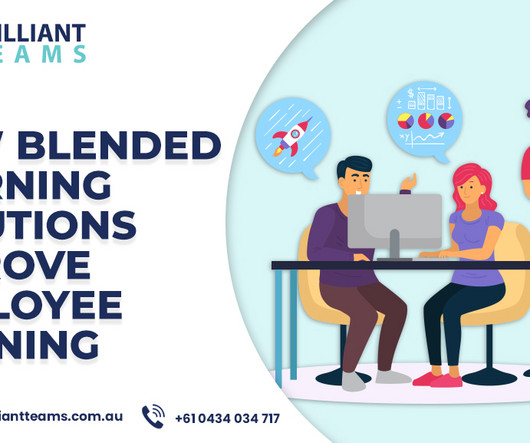Flash to HTML5 Conversion: Ensuring Compatibility and Accessibility
Brilliant Teams
JULY 31, 2023
Flash to HTML5 Conversion: Ensuring Compatibility and Accessibility - Introduction Discover the importance of Flash to HTML5 conversion for ensuring compatibility and accessibility. Learn how this conversion impacts user experience, search engine optimization, and website performance.


















Let's personalize your content